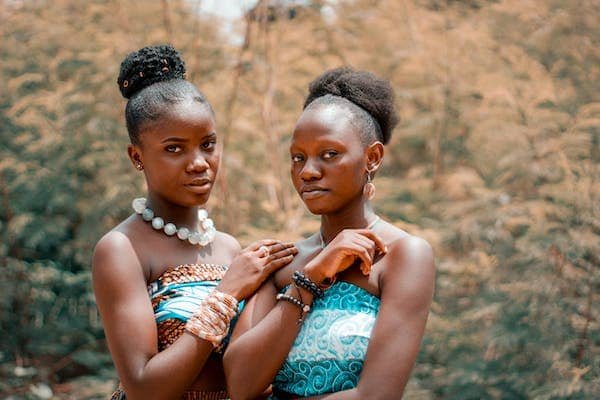Indigenous leaders from around the world gathered at the 22nd United Nations Permanent Forum on Indigenous Issues to discuss the threats posed to Indigenous communities by the West’s climate strategy and the green economy.
The meeting highlights how the world’s transition to a greener economy is causing harm to Indigenous peoples.
New and emerging threats about the transition to a greener economy, including mineral mining, were at the forefront of the debate as hundreds of Indigenous chiefs, presidents, chairmen, and delegates gathered in New York for the first full convening since the pandemic outbreak.
Here are some key takeaways from the meeting:

Mineral Mining and the Exploitation of Indigenous Territories
Mining for minerals such as nickel, lithium, cobalt, and copper is leading to conflicts in tribal communities around the world.
These minerals are essential to support products like electric car batteries, and their extraction is usurping the rights of Indigenous peoples.
This is happening without free, prior, and informed consent, which is a cornerstone of the UN Declaration on the Rights of Indigenous Peoples.
Indigenous leaders warn that the West’s climate strategy risks the exploitation of Indigenous territories, resources, and people.

Green Colonialism Driving Harmful Sustainability Projects
Indigenous peoples are caught in the middle of a climate conundrum, where they are expected to carry the heaviest burden of reducing CO2 emissions globally while protecting Indigenous cultures that are guardians of nature.
Indigenous leaders are calling attention to “green colonialism,” which is driving harmful sustainability projects on Indigenous lands worldwide.
For example, the Fosen onshore wind farm in Norway was built despite a supreme court ruling in Norway in defense of Sámi reindeer herding grounds.
Indigenous Peoples’ Participation in Climate Talks
Indigenous leaders are calling on the UN and its member states to properly include Indigenous peoples in climate talks. The dialogue has relied on a well of Indigenous knowledge systems to imagine future climate goals.
The issue of climate change and biodiversity cannot be resolved without the real and effective participation of Indigenous peoples.
The destruction of the Earth perpetuates violence against Indigenous peoples, specifically Indigenous women who are protectors and bearers of life on this planet.

Comprehensive Policies to Protect Indigenous Women and Girls
Indigenous leaders are calling on the UN to develop and implement comprehensive policies to better protect the safety of Indigenous women and girls as a way to protect the planet.
The world’s transition to a greener economy must consider the rights and well-being of Indigenous peoples.
The climate is the language of Mother Earth, and Indigenous peoples are its guardians.
The exploitation of Indigenous territories, resources, and people must stop to achieve a just transition to a greener economy that leaves no one behind.

The Need for Indigenous Participation in Decision-making
Global climate talks have failed to properly include Indigenous peoples, yet such dialogue has relied on a well of Indigenous knowledge systems to imagine future climate goals.
The issue of climate change and biodiversity cannot be resolved without the real and effective participation of Indigenous peoples.
Indigenous leaders are urging the UN and its member states to set a quota for actions that guarantee Indigenous peoples can take part in decisions affecting our planet, and in a way that puts them “on equal footing” with states – meaning, voting power, which Indigenous peoples currently lack.










